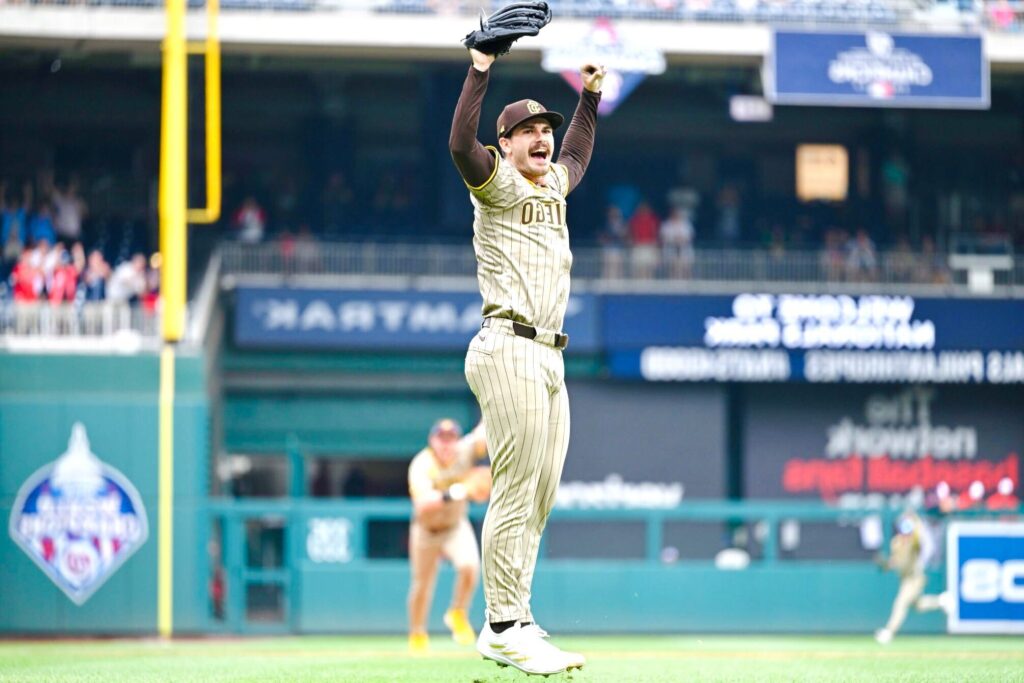
Baseball has always been a game of strategies and adjustments. Where teams constantly look for new ways to outsmart their opponents. One such strategy is the baseball shift rule, a defensive alignment designed to counter specific hitters. For years, the defensive shift strategies have shaped the way defenses approached heavy hitters, often dictating the course of a game.
However, with the MLB shift ban coming into effect in 2024, the dynamics of the game are expected. to change dramatically. Will this be the end of strategic defenses, or is it just another evolution in the sport.? In this blog, we’ll delve into the impact of the shift ban on defense, hitters, and how baseball analytics and shifts will adapt to the new regulations.
Understanding the Shift and Its Importance
The defensive shift has become one of the most talked-about strategies in recent baseball history. Essentially, the shift involves repositioning infielders sometimes. even outfielders toward one side of the field based on a hitter’s tendencies.
For example, if a batter has a tendency to hit to the right side of the field. The defense will position more players on that side, leaving the opposite side relatively unguarded. This tactic has been effective in neutralizing the power of certain hitters and reducing their chances of reaching base. But with the infield shift ban in place for the 2024 season, will defenses lose this advantage.? Or will teams find new ways to exploit baseball defensive positioning trends?
The 2024 Baseball shift rule What Are the New Rules?
The MLB rule changes in 2024 are part of an effort to enhance the pace and excitement of the game. Under the new rule, teams will no longer be allowed to position infielders on one side of the diamond. At least two infielders must be positioned on either side of second base. Ensuring a more traditional alignment. The goal is to increase offense, as it should give hitters a better chance to make contact without worrying about extreme defensive shifts.
Many players and analysts are divided on the new rule. Some believe it will inject more life into the game by increasing batting averages. While others argue that it removes an important layer of strategy. Let’s take a closer look at the possible consequences of this shift ban on various aspects of the game.
Impact on Hitters: A Return to Traditional Offense of baseball shift rule?
One of the key questions surrounding the baseball shift rule change is its potential impact on hitters. For years, certain players particularly left-handed power hitters struggled against the shift. Hitters like Joey Gallo and Kyle Schwarber often found themselves robbed of hits due to extreme defensive alignments. The impact of shift on hitters has been profound, with some seeing their batting averages plummet despite making solid contact.
With the shift ban, players may experience resurgence. Batting averages could rise, and we may witness more traditional offensive outcomes. Like singles through the gaps that were once covered by shifting infielders. Shift rule impact on batting averages is expected to be significant, especially for those players who have been most affected by the shift. Additionally, the shift ban effect on power hitters could lead to an increase in home runs. Players feel less pressure to alter their swings to counter the shift.
Defensive Adjustments: How Will Teams Respond?
While the MLB shift ban will change how infielders are positioned, teams are already thinking about new ways to maintain defensive efficiency. Although they are restricted in terms of infield shifts, teams could potentially adopt more aggressive outfield shifts in baseball to counteract the ban. For example, we might see more frequent use of four-man outfields or corner outfielders playing deeper to cut off potential extra-base hits.
In fact, some analysts believe that the shift ban could lead to more creativity in defensive alignments. Even without extreme shifts, teams can still rely on baseball analytics and shifts to identify optimal defensive positioning. Players and managers alike will need to adapt to these changes. By using data and insights to find innovative solutions to the future of baseball defence without shifts.
Will the Pace of the Game Improve?
One of the motivations behind the MLB rule changes 2024 is to improve the pace and overall excitement of games. By reducing defensive shifts, the league hopes to create more action more hits, more base runners, and more scoring opportunities. This, in turn, could lead to a faster game, as fewer at-bats end in strikeouts or weak ground balls into the shift.
The question remains: will this rule truly speed up the game, or will it lead to unintended consequences.? Some managers and players argue that the shift ban could result in longer innings, as more hitters reach base. This remains to be seen, but the league’s intent is clear: MLB rule changes and game pace are designed. To enhance the fan experience and bring more excitement back to America’s pastime.
Baseball Strategy Evolution: A New Era of Analytics
With the ban on defensive shifts, the evolution of baseball strategy enters a new phase. The impact of shift ban on defense forces teams to rethink how they approach the game. But it doesn’t mean the end of strategic thinking. In fact, baseball analytics will likely play an even larger role as teams look for new ways to gain a competitive edge.
The shift ban could lead to increased focus on defensive alignment in baseball, as teams work to optimize positioning within the constraints of the new rules. Additionally, we might see a renewed emphasis on pitching strategy. As teams rely on their arms to mitigate the effects of losing the shift. Pitchers will need to adjust, perhaps throwing more breaking balls or inducing weaker contact to compensate for the lack of defensive coverage in certain areas.
Reactions from Players and Managers
Not surprisingly, reactions to the baseball shift rule have been mixed. Some players, especially those who were heavily impacted by the shift, have welcomed the change. They see it as an opportunity to return to more traditional forms of hitting and improve their offensive stats. Player reactions to the shift ban have generally been positive, with many looking forward to seeing how the rule impacts their performance.
On the other hand, some MLB managers and the shift ban present a different story. Many managers have spent years perfecting their defensive alignments. Using analytics to position their players in the best possible spots. The shift of rule takes one of their key tools, forcing them to rethink their strategies and adjust on the fly.
The Future of Baseball Defense
As we move into a new era of baseball, one thing is certain: the game will continue to evolve. The MLB shift ban is just one of many changes that could reshape the sport in the coming years. While some fans and players mourn the loss of extreme defensive alignments. Others see it as an opportunity for a more exciting, action-packed game.
In the end, the future of baseball defense without shifts will depend on how teams adapt to the new rules. Managers, players, and analysts will need to stay ahead of the curve, finding new ways to leverage data and strategy in a world without the shift.
Conclusion: For Baseball Shift Rule
The baseball shift rule and the MLB rule changes in 2024 signal a new chapter in the sport’s history. While the shift has been a crucial part of defensive alignment in baseball for years, its ban will undoubtedly impact the game in significant ways. From higher batting averages to more creative defensive strategies, the ripple effects of this change will be felt across the league. Whether or not it will change the game forever remains to be seen, but one thing is for sure: baseball is about to get a lot more interesting.

